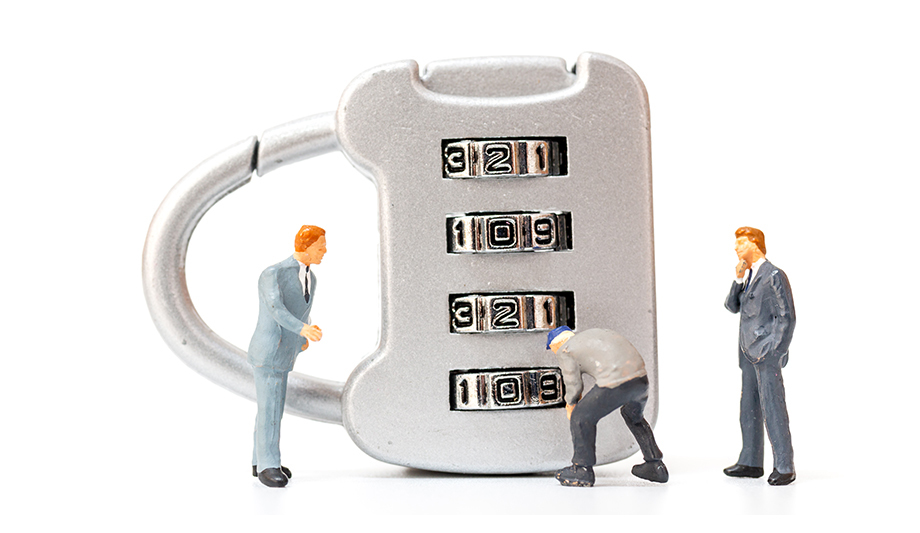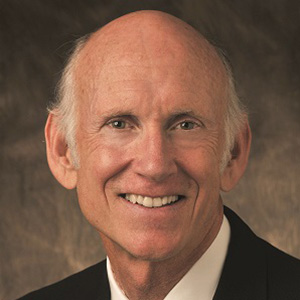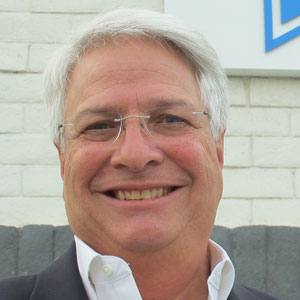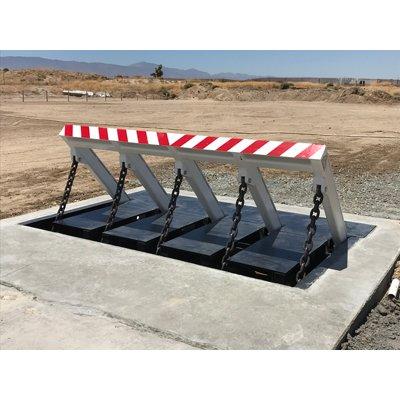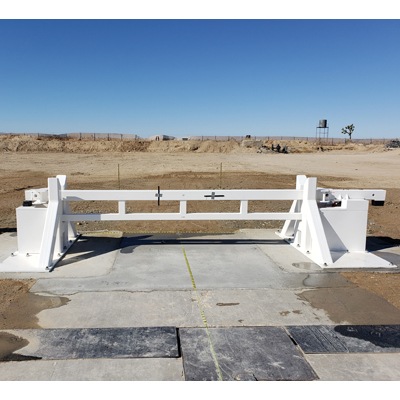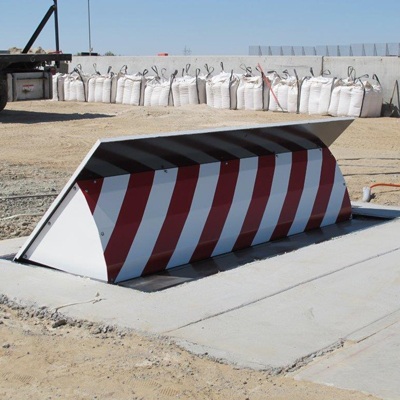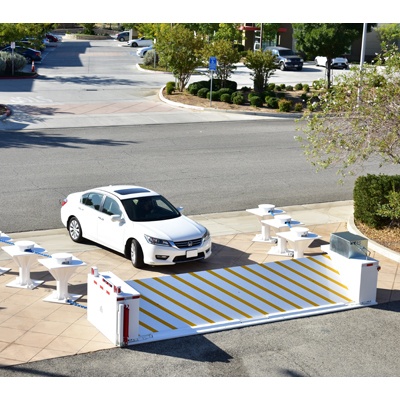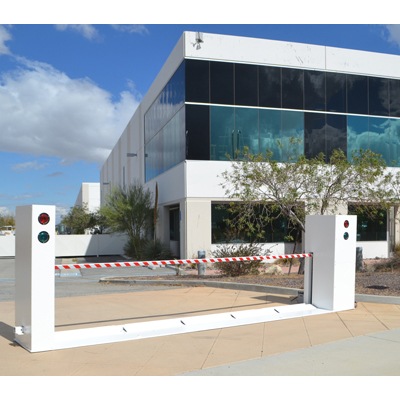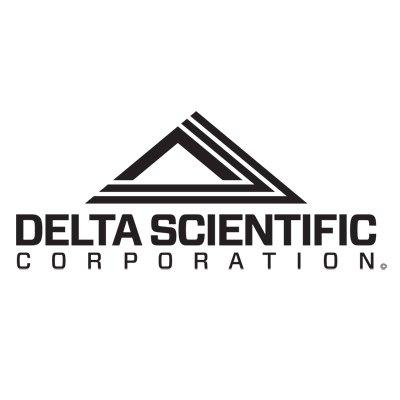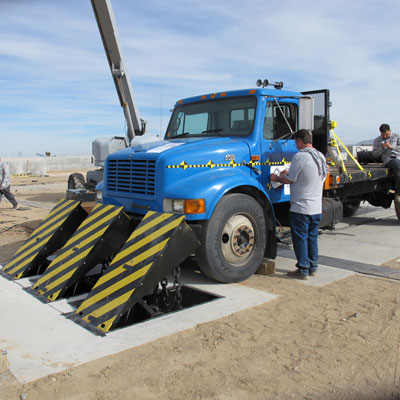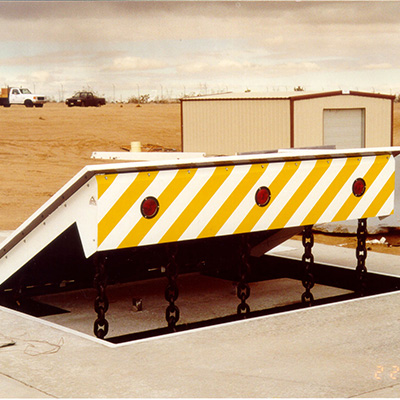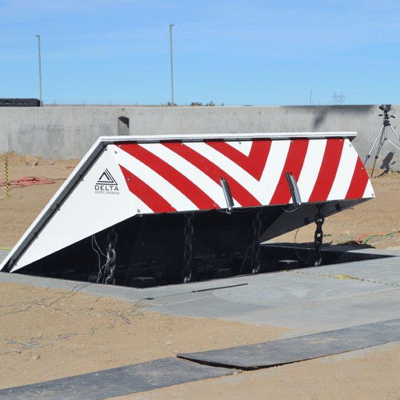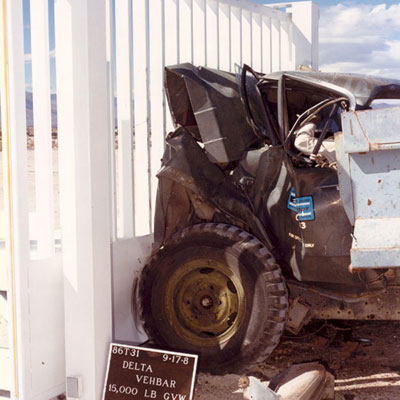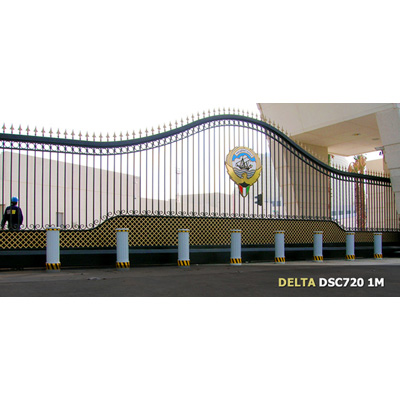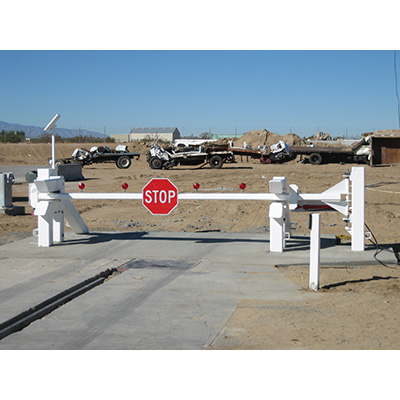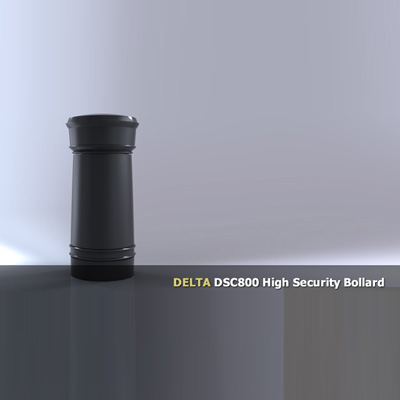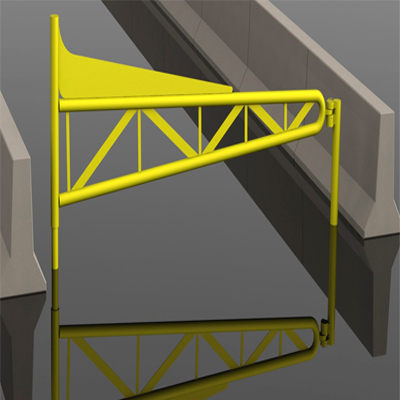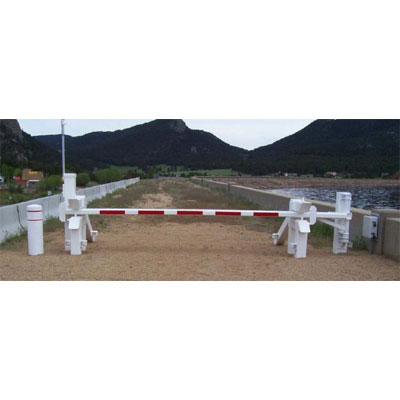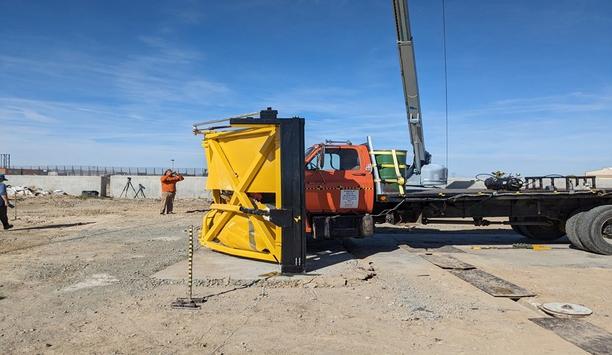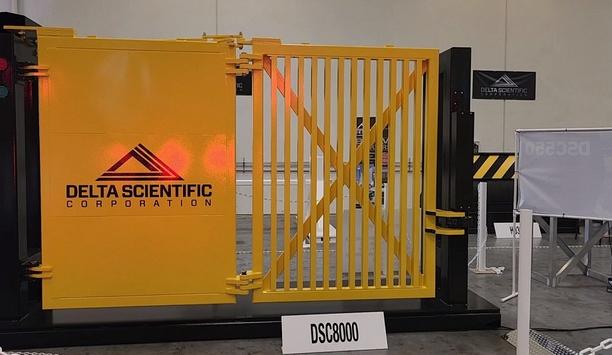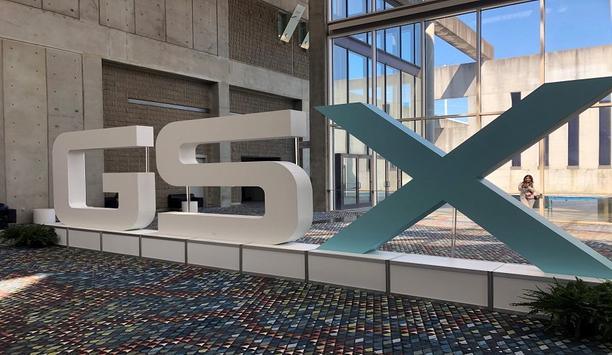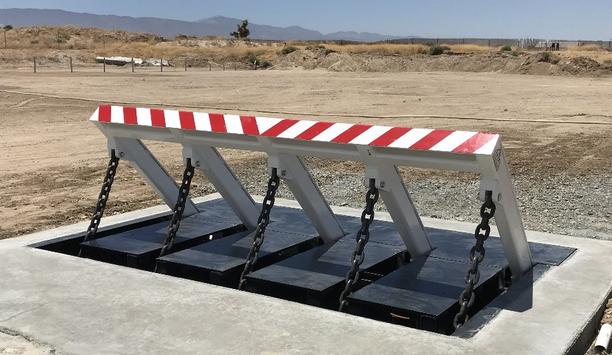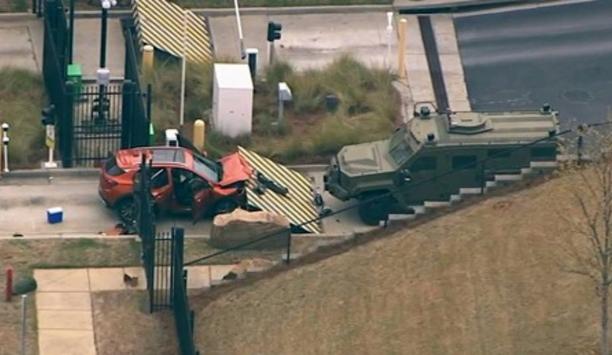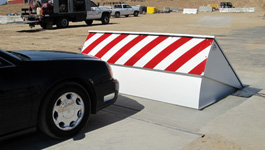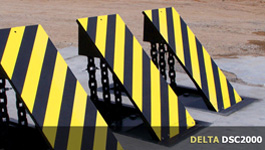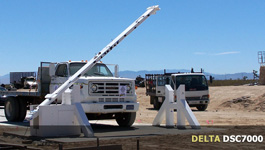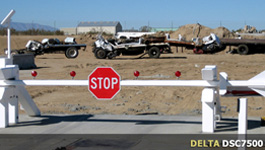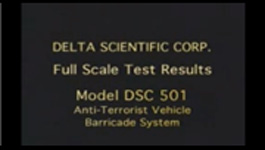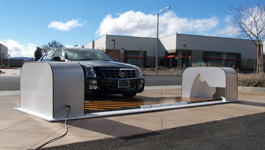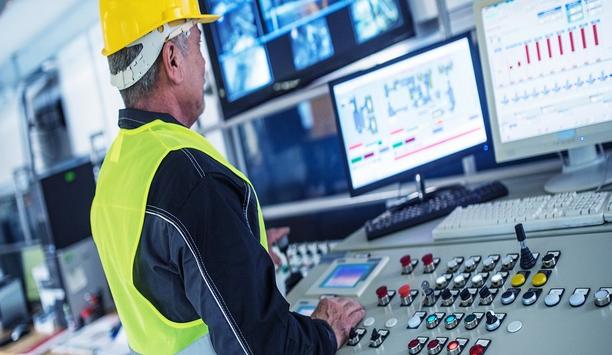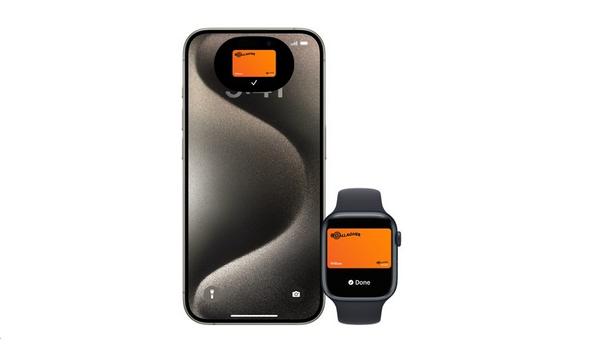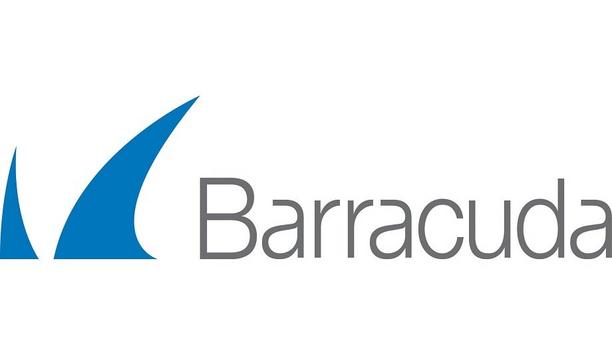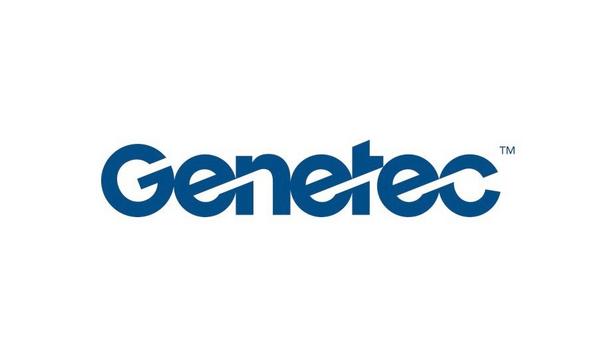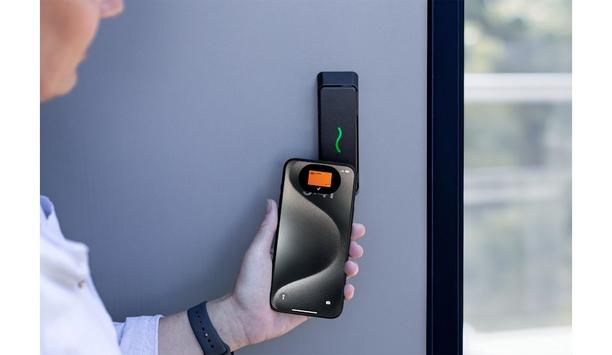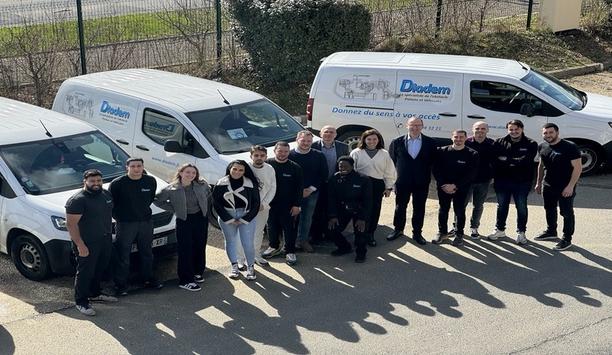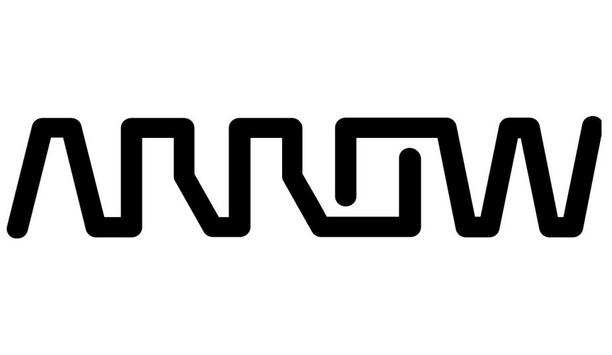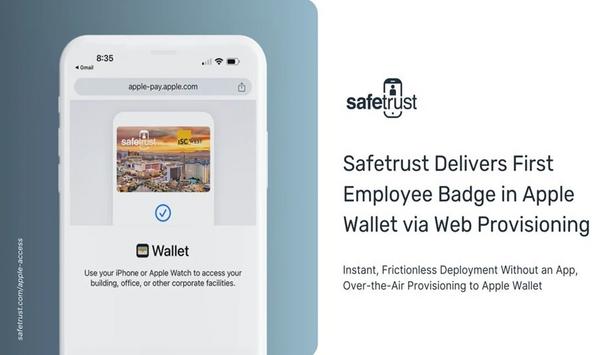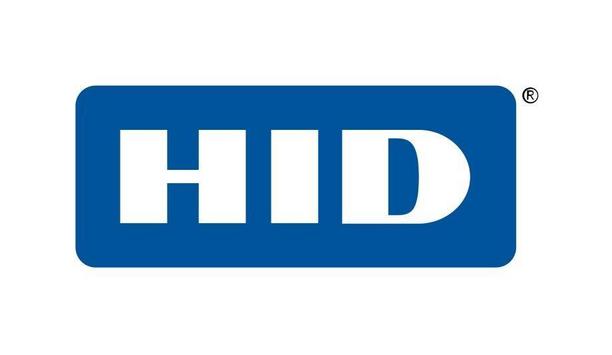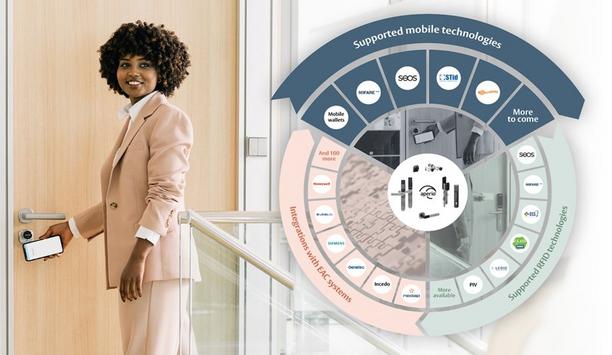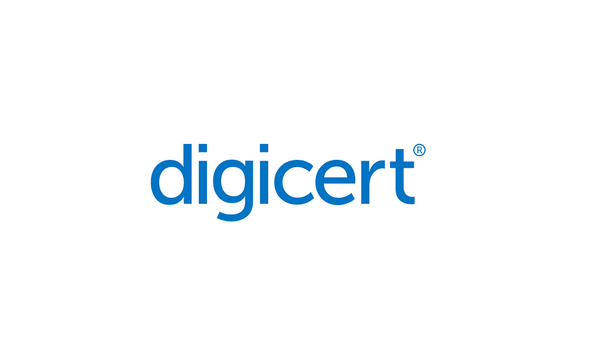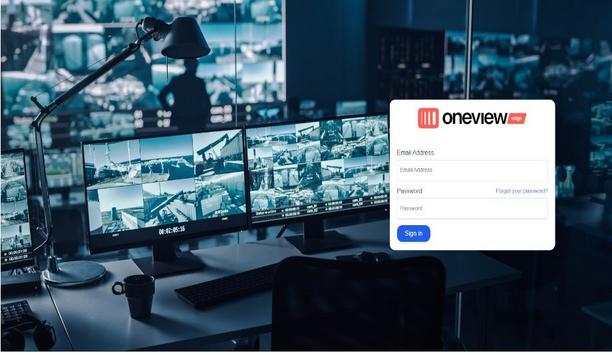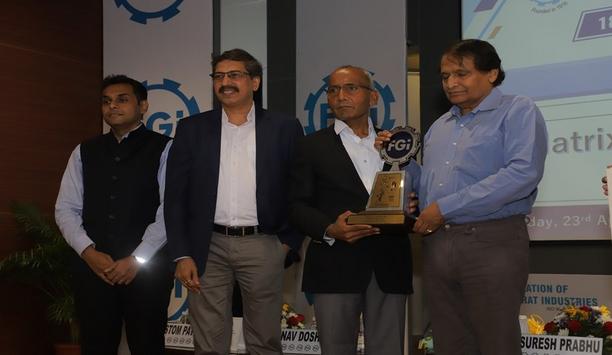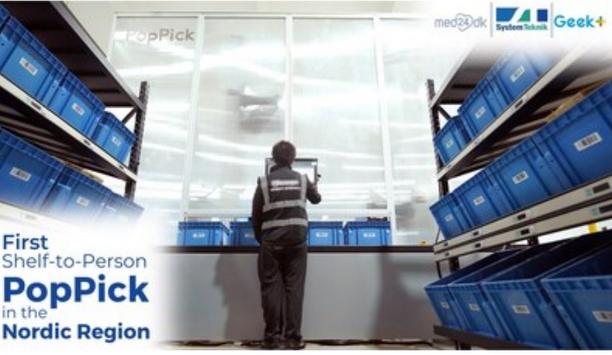
What Should Be The Security Industry’s ‘New Year’s Resolution?’
Editor Introduction
The new year is several weeks old, so it is safe to say that many of our New Year resolutions have fallen by the wayside. Despite the limited success of our personal resolutions, the new year is a great time to take stock, look ahead, and plan to make 2020 the best year yet. Thinking about our industry as a whole, we asked this week’s Expert Panel Roundtable: What should be the security industry’s “New Year’s resolution?”
I’m going to embrace the cliché and proclaim that 2020 should be the year of visual clarity and focus. Everyone should gaze across their responsibility landscape and look with impartial, clear focus at what is currently in operation with your People, Processes, and Programs. Assess your team. Are they happy, challenged, and motivated? Is everyone sitting in the right seat? Are they invested in the success of the operation? Group success is reliant on the overall “health” of the team. Review existing processes. Why are we performing them? Is it because that’s how it’s always been? Can they be improved or removed? Streamlining processes can free resources for big, new initiatives or improving existing ones. Look at your technology solutions. Are we using them to their fullest potential? Are we using the right tools? Technology moves fast, and someone may have built a better trap for your particular mouse.
The New Year’s resolution that the security industry should implement – and actually stick to – can easily be summed up in one word: convergence. Convergence was a prominent 2019 buzzword, but adoption has been slow. Much like many new gym memberships, if you don’t follow through, you can’t be disappointed in the lack of results. For example, new ASIS Foundation research shows that only “24 percent of study respondents have converged their physical and cybersecurity functions.” This number needs to increase dramatically in 2020, as the consequences of not converging security operations will become more significant and apparent as threats evolve. The benefits of a converged strategy are numerous and obvious, including things like unified approaches that reduce cost, improve efficiency, simplify analysis and improve both the speed and effectiveness of responses. Today’s multi-layered and sophisticated security threats have a direct impact on an organization’s people, property, mission-critical processes and brand.
Video surveillance plays a critical role in monitoring commercial facilities, traffic intersections, city squares and other areas of interest. As customers enhance their surveillance systems with artificial intelligence software for proactive crime detection and business intelligence purposes, video recording and integrity have never been so important. In 2020, as a New Year’s resolution, the security market should adopt tried-and-true strategies that preserve video and metadata as an industry standard. This includes upgrading DVRs and NVRs with surveillance-optimized drives designed for video and AI and that are specifically built to accommodate 24/7 workloads. Clients should deploy NVRs and video management systems with monitoring software where regular health checks can be conducted on surveillance solution components, including the hard drive, before issues occur. Users should also have a solid archive infrastructure in place, as video is no longer dormant in the backend, but actually used for deep learning analytics.
In 2020, an integrator’s New Year’s resolution should be adopting managed services. While it takes time to make the transition, it is critical that integrators begin adding recurring revenue into their business models for the future viability of their organizations. Diversifying their business, while the economy is good, gives integrators security in times when traditional business slows down, and we all know that it happens. It also allows for time to ramp up in a managed services model and fine-tune your offerings. Cybersecurity should be on the top of everyone’s minds in 2020 and beyond. No one is safe from cyber criminals as we are now seeing many small- to medium-sized businesses being targeted. Integrators must have the right plan, technology and people in place to safeguard both their organizations and their end-users against attacks and be prepared to remediate if one does happen.
Entering a new decade often involves reflecting upon the past, but it’s also the perfect time to look to the future and ensure the security industry is in good shape for the next decade and beyond. A vital part of this is providing increased (and relevant) training and encouraging more apprentices into our industry. The security industry is rapidly evolving, with IoT offering almost infinite scope for integration, so security installers and integrators need the latest training and knowledge to fully understand and appreciate the technology and the repercussions/benefits for end users. Apprenticeships are also vital in bringing new lifeblood into our industry and offering a sensible and practical alternative to further/higher education (which isn’t for everyone). As well as providing the necessary technical skills, apprenticeships provide young professionals with sound business and practical experience, along with customer service skills, ensuring we have a well-rounded generation to follow us.
As video surveillance storage requirements continue to grow, the security industry’s New Year’s resolution should be to adopt hyperconverged infrastructure (HCI). IHS predicts worldwide surveillance storage revenue will grow from $3.4 billion in 2019 to $4.2 billion in 2020, driven by increased demand for better security, smart city and public safety initiatives, and the desire for business intelligence. Whereas legacy systems require individual components to address compute, storage and networking, HCI for video surveillance integrates all three into a single platform, making it easier to install and manage appliances that don’t require specialized IT assistance. HCI appliances enable storage to scale so that when environments grow, the platform can grow too—a challenge amplified by increases in camera counts, camera resolutions, and video retention times. Hyper-converged infrastructure provides a solid underlying platform to deploy new capabilities, both today and tomorrow.
For many people in our industry, 2019 was – unfortunately – a landmark year for data breaches. As buildings become smarter through technology integrations, advanced sensors and automation systems, they simultaneously become more vulnerable to cyber-attacks. In 2020, the industry should prioritize cybersecurity challenges, establishing best practices and leveraging the latest strategies and technologies to protect data, assets and customers. Whether your company is investing in artificial intelligence software to protect cloud data, integrating your IT and OT security strategies, or hiring cybersecurity trained and certified individuals to manage your smart building, there are a variety of steps businesses can take to confront this problem and make our smart buildings cyber smart.
The ability to use mobile phones as access credentials will be one of the biggest trends in a market historically slow to adopt new technology. However, as companies are learning how to protect card-based systems, such as their access control solutions, along comes mobile access credentials and their companion readers which use smartphones instead of cards as the vehicle for carrying identification information. Many companies perceive that they are safer with a card and won't consider that mobile access can be a far more secure option, even though mobile has various more features to be leveraged. We need to understand that, like many recently introduced innovations, the problem isn't with the new technology; it's how the industry tries to retrofit the old system into the new. Bottom line – mobile system needs to be designed to be a mobile system, not just a hastily-produced option to the old card reader.
An important resolution is being prepared for an inevitable economic downturn. While it’s far from doom and gloom in the forecasts, the economy is cyclical, and a recession or slowdown could resurface at any time. The best way to stay profitable through good and bad times is by providing cloud-hosted managed services. Studies show that the more services you offer customers, the more likely they will stay with your company, keeping monthly income flowing. While the security industry has shown to be somewhat recession proof, those not building RMR and providing services that keep customers sticky could struggle in a slowdown if not prepared. Don’t mistake central station alarm monitoring as your only form of RMR as it is not as strong—or profitable on the books—as offering managed services. A complete bundled managed services package offered to every customer will get your business through slowdowns with revenues intact.
“Be better prepared…” to make smarter decisions in response to security threats; to respond faster by having access to better intelligence; and to reduce security risks by leveraging data analytics. Much of these attributes are tied to operational aspects of security operations centers, whether local, regional or global, and applicable to virtually all measures of an organizations standard operating procedures and best practices in response to safety and security.
Going into the new decade, the security industry should resolve to focus on consumer demands in addition to differentiators. As the years progress and technology becomes more easily accessible, the industry at large is moving toward a more open approach. This allows manufacturers to focus on the true value of their business by providing customers with unique, specialized solutions. Many companies, such as RS2, either have an open API or embrace industry-wide standards, but this is something that needs to increase across manufacturers in 2020. In order to continue toward forward progression, it is necessary for security professionals to collaborate when possible to ensure they are providing the best services and solutions to end users that cater to specific needs and are flexible enough to adapt to varying situations.
With vehicles used as weapons becoming a popular terrorist strategy where there are a high number of targets, how can security management control traffic at public spaces such as a farmers’ market from an errant vehicle? Likewise, how about political events from car and truck bombers? Can we protect temporary proceedings, such as festivals, gatherings and sporting events, with certified crash equipment that can be simply towed away when the occasion is over? Today, that question can be answered simply – yes – with portable barriers as well as fixed post and removable bollards. Moveable self-contained barricades can be towed into position to control vehicle access within 15 minutes to answer the need of organizations that quickly require a temporary barricade system to address a specific threat or secure a facility during special events. Fixed post bollards are available to secure the sides of roadways with the same crash rating and appearance.
For camera manufacturers in particular, the first New Year's resolution that should be implemented is adopting a renewed focus on technology innovation. As the latest advancements, such as artificial intelligence and 5G, really take hold in 2020, manufacturers will have more tools than ever before to help end users achieve their business and security goals. Camera manufacturers should also take time in 2020 to get back to the roots of why we're in this business: the customer. The industry should pay close attention to the unique needs of the customer and determine the best way to enable them to develop their security strategies. This should include a strong focus on building relationships with trusted partners that share common goals in an effort to cohesively collaborate and create comprehensive solutions. These resilient partnerships allow manufacturers to differentiate themselves and leverage multiple brilliant minds to take innovation to the next level.
As the market for artificial intelligence (AI) continues to grow, what must improve along with it are the quality standards for the video footage used in AI applications. The security industry should commit to raising these standards where customers solely deploy surveillance solutions that yield forensic-grade video quality—because a surveillance system is only as good as its ability to produce clear images that can be used for analytics, detection and evidentiary identification. The reality is low quality video can prove useless in court, if the subject of an image is pixelated or indistinguishable, if the image is grainy or blurred, or if there are recording gaps. It is crucial, then, that future video surveillance and storage solutions enable reliable, high-quality video recording, in order to guarantee that no frame is dropped and ensure the utmost data integrity.
2020 should be the year the security industry makes a commitment to the national goal of reducing false alarm events by 85% as the industry strives to eliminate false positives. An Urban Institute report released just last year found more than 90% of alarms police respond to are false positives. This same study, however, found that alarm verification strategies, such as two-way audio devices, reduced false alarms by 95%, at a cost savings of hundreds of thousands of dollars to police departments each year. Audio devices have the potential to be integrated as an answer to this need, as they enhance existing security systems by sending live streaming audio or even recorded clips captured during the event to monitoring facilities to authenticate security threats. Not only are they a consistent and reliable technology; they also directly complement existing architecture. Audio adds an essential layer to data collection.
I believe it’s not a New Year’s resolution for the industry but rather a New Decade resolution that should be for security professionals to become practitioners of risk-based outcomes. We must transform our mindset from simply physical security to solving risk-based problems. This can be done by truly understanding the risks to an organization and identifying the areas that present concern rather than only looking at technology-based outcomes. By addressing the risk model for an organization and its entire business, we can be sure that we’re using the right tool (technology) for the right job and ensure that the solutions we recommend and implement are built on the purpose of mitigating that risk. For example, we need to ask questions like “Why does a retailer lose product?” “Why do schools experience acts of violence or vandalism?” We have to understand the sociology of it first.
The security industry should make it a priority to listen to end users and provide more flexible solutions at a reasonable price point. “As a service” subscriptions are gaining momentum because they reduce overall operating costs, and have 24/7 monitoring to ensure a client’s business, employees and assets are protected at all times. There's a definite shift toward the introduction of cloud-based access control, or access control-as-a-service (ACaaS), to respond to the growing demand for scalable, easy-to-use and more importantly, cost-effective solutions. ACaaS, in particular, allows end users to choose core features for basic access or advanced features, and also provides a way for small and large businesses alike to implement cutting edge solutions, without worrying about high, up-front capital expenditures. Choosing a New Year’s resolution that involves listening to end users and developing technology that directly responds to their wants will position security professionals as trustworthy partners.
In 2020, we should make improving corporate visibility and accountability of safety and security a top priority. Without a real-time view of where you stand in regards to corporate compliance with regulations, insurance and brand standards, you expose your operation to increased risk. To do so, we need to think about safety and security across the entire enterprise. Each team must play its part to reduce corporate risk: The Facilities team to make sure the grounds are safe, the Maintenance team for on-site equipment, and the Security team to protect the people. All operating requirements and data are locked within each department in applications, logbooks and manuals. Consolidating that information is difficult and time-consuming, often outdated by the time you have it and difficult to verify. The time is right to digitally transform the physical operating requirements to improve visibility, accountability and ultimately to reduce operating risk.
In the new year, the security industry should continue to implement “as-a-service” solutions as they truly benefit every player in the market. End users that do not have the means to own and operate full-scale solutions are now able to leverage comprehensive security and monitoring services for a set monthly price. This reduces the total cost of ownership and ensures they are prepared for any vulnerability. On the other hand, businesses that have already invested in large-scale technology investments can be sure these investments are operating efficiently and securely. Whether a business is just starting to add security and AV functionality, or they are veterans to these services, the "as-a-service” model provides proactive solutions to ensure businesses are operating at optimum levels. From the dealer/integrator perspective, this business model provides recurring monthly revenue (RMR) and helps to create long-term client relationships. It’s a win/win situation for everyone involved.
Editor Summary
Our Expert Panel Roundtable’s list of New Year’s resolutions provides abundant food for thought as we look ahead and the new year unfolds. Our panel's range of resolutions touches on major product categories such as video and access control, new transformative technologies such as artificial intelligence and hyperconverged infrastructure, and ongoing challenges such as transitioning business models and changing workforce needs. Clearly, there are plenty of resolutions to consider (and only 11 more months left in 2020!)
Delta Scientific Corporation products
Delta Scientific Corporation news
Delta Scientific, the manufacturer of counter-terrorist vehicle control systems used globally, announced their DSC8000 shallow foundation bi-fold speed gate has successfully achieved an M30/P1 designation with negative penetration. DSC8000 The DSC8000 was tested to the new ASTM F2656-20 standard, which measures the penetration level from the edge of the barrier versus the back-side of the barrier of the previous standard. This can provide a difference of up to five additional feet (1.52...
Delta’s new DSC8000 bi-fold speed gate is designed to fit into tight spaces and allow moderate to heavy vehicle throughput. With an adjustable opening time of 6 seconds, the user's facility can easily handle up to 180 cars per hour. Clear openings up to 24’ can be covered with a dual hinge design where the gate panels meet in the middle. Full-clad panels or DOS anti-climb picketed infills are available to match the architecture of the surrounding facility. The drive mechanism for t...
The Global Security Exchange (GSX 2022) in Atlanta in September 2022 is the latest example of the energetic post-COVID resurgence of security trade shows. On the vibrant show flow, discussions centered on topics such as the security industry’s need for more employees and the lingering impact of a months-long supply chain crisis. Against a backdrop of continuing industry challenges, exhibitors and attendees were diverted by a wealth of new opportunities as the industry rebounded. Several m...
Delta Scientific Corporation case studies
The DSC550 was tested to the new ASTM F2656-20 standard which measures the penetration level from the foremost edge of the barrier versus the back-side of the barrier like the previous standard. This can provide a difference of (1.52 m.) and makes the negative penetration level even more impressive. Design and features The DSC550 Open Frame barrier features a shallow foundation of only 24 inches (61 cm). The open-frame design additionally provides a unique counter-balance design with no spring...
Delta Scientific, the pioneering manufacturer of counter-terrorist vehicle control systems used globally, announced that on Monday, April 1st, a DSC501 High-Security Barricade stopped an unauthorized vehicle from entering an FBI field facility in Atlanta, Georgia. According to officials, the orange Buick Encore tried to follow an FBI employee’s car into the facility before being stopped by the Delta DSC501 barrier. The driver was then apprehended by special agents who were in the immediat...
The Nation’s Seaports and Airports throughput thousands of people and billions of dollars worth of materials every day. These ports comprise massive plots of land located amongst densely populated communities. Seaports can see throughput of more than a thousand trucks on any given day, while airports need to accommodate often erratic traffic consisting of support vehicles, fire trucks, and heavy equipment. Securing these facilities requires a varied combination of crash rated barriers. At...
Delta Scientific Corporation videos
Expert commentary
Security beat
Security bytes
- Getting To Know Dan Grimm, VP And General Manager Of Computer Vision At RealNetworks
- Big Wins And The Importance Of Showing Up: Insights From SecurityInformed.com Editor Larry Anderson
- Setting Goals, Business Travels And Radioactivity: Success Secrets From Tiandy's John Van Den Elzen
- Getting To Know Jeff Burgess, President/CEO At BCDVideo
Mobile access articles
Zenitel, a provider of intelligent communication solutions, announced the launch of two new door entry intercoms: the Turbine Extended Intercoms TEIV1+ and the TEIV4+. The new products display Zenite...
Physical security is essential for a modern production facility, users don’t want just anyone entering the building or accessing secure areas. But what about production machinery? Machine authe...
Global security manufacturer, Gallagher Security, has announced that support for employee badges in Apple Wallet is available for Gallagher customers in the U.S. with the release of Gallagher Command...
Barracuda Networks, Inc., a trusted partner and major provider of cloud-first security solutions, announced that Neal Bradbury has been elevated to the role of Chief Product Officer. In this new role...
Genetec Inc., a renowned technology provider of unified security, public safety, operations, and business intelligence solutions, announced that its new enterprise-grade SaaS solution, Security Center...
Gallagher Security announced the latest release of their award-winning security site management software, Command Center v9.10, marking a significant evolution for the security platform trusted to pro...
Gunnebo Entrance Control has announced its acquisition of DG Concept and Diadem, a French entrance control, design, installation, and service specialist, marking a significant step in reinforcing its...
Global technology solutions provider - Arrow Electronics, Inc. (ARW) announced that Broadcom selected it as the sole provider for its CloudHealth from VMware offering. CloudHealth is designed to help...
In an industry-first, Safetrust provisions employee and visitor badges directly into Apple Wallet via an email link or text message, eliminating the need to download an application. This innovative a...
HID, a worldwide pioneer in trusted identity solutions, announces the availability of its new HID Seos Essential Bundle, providing small to mid-size businesses (SMBs) in Europe with the benefits of ad...
Compatibility with a range of credential technologies can be a critical factor when selecting access control. As organizations across the world explore a move to mobile keys for access, it is more imp...
DigiCert, a major global provider of digital trust, reconfirmed its commitment to standards and compliance with the successful completion of 31 audits within a 12-month period. These audits include a...
Interface Systems, a major managed service provider of business security, actionable insights, and purpose-built networks for multi-location businesses, announced that it is releasing an enhanced cust...
Federation of Gujarat Industries (FG)), Vadodara has conferred the Outstanding MSME Excellence Award at the 18th FGI Awards presentation ceremony. The objective behind the institution of these awards...
Geekplus, the global pioneer in mobile robot and smart logistics solutions, has deployed the first Shelf-to-Person PopPick project in the Nordics for one of the biggest online pharmacy wholesaler...

